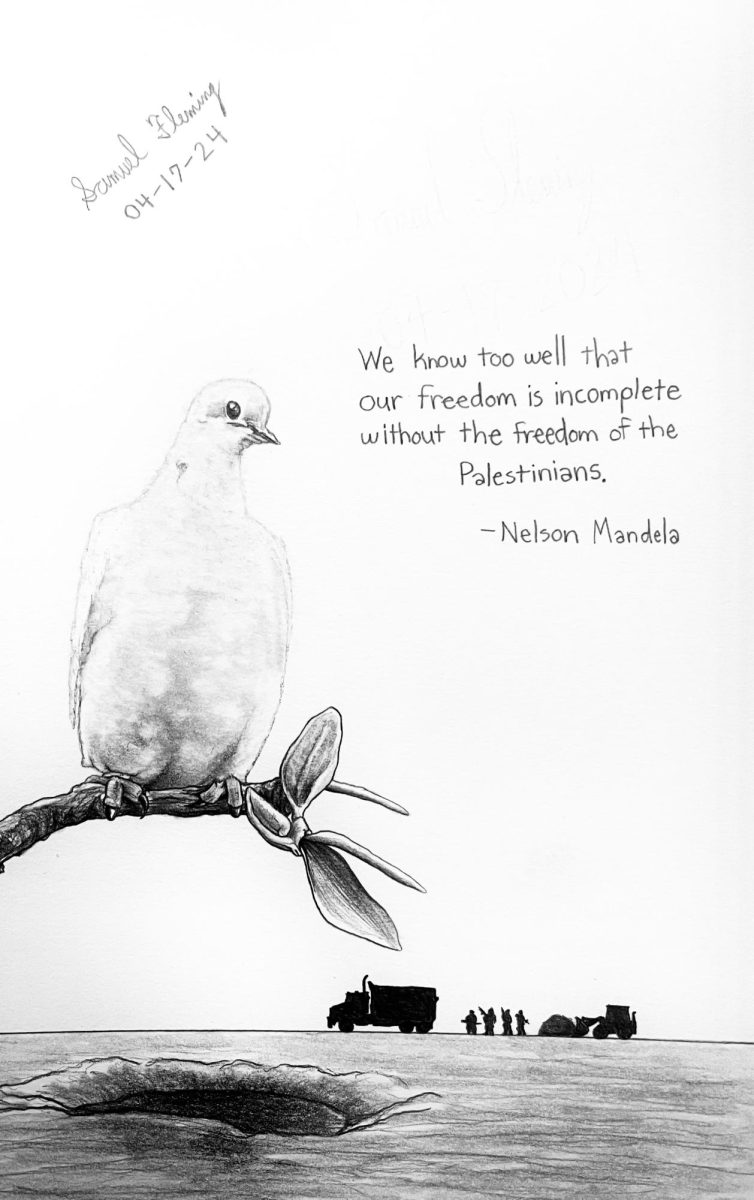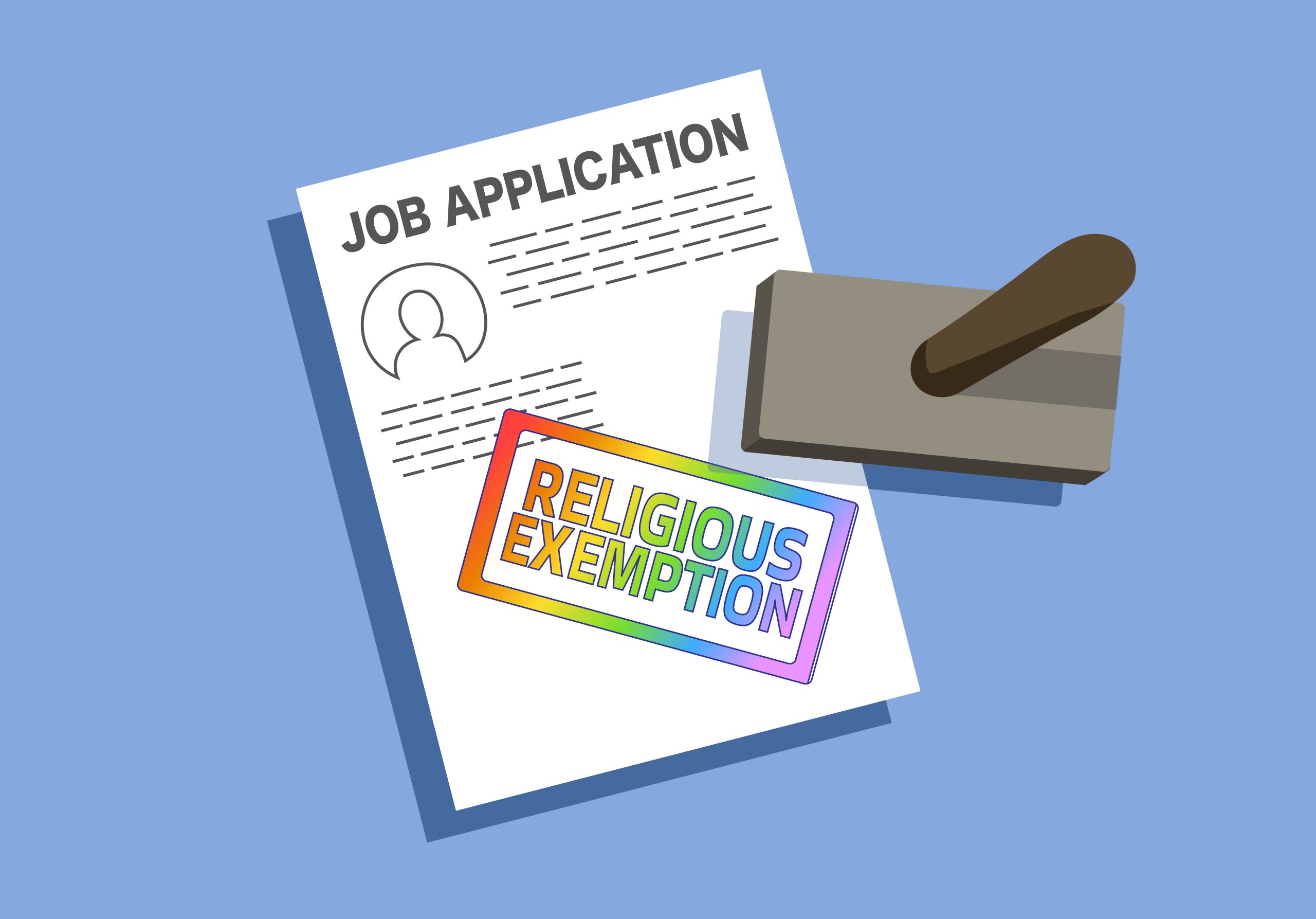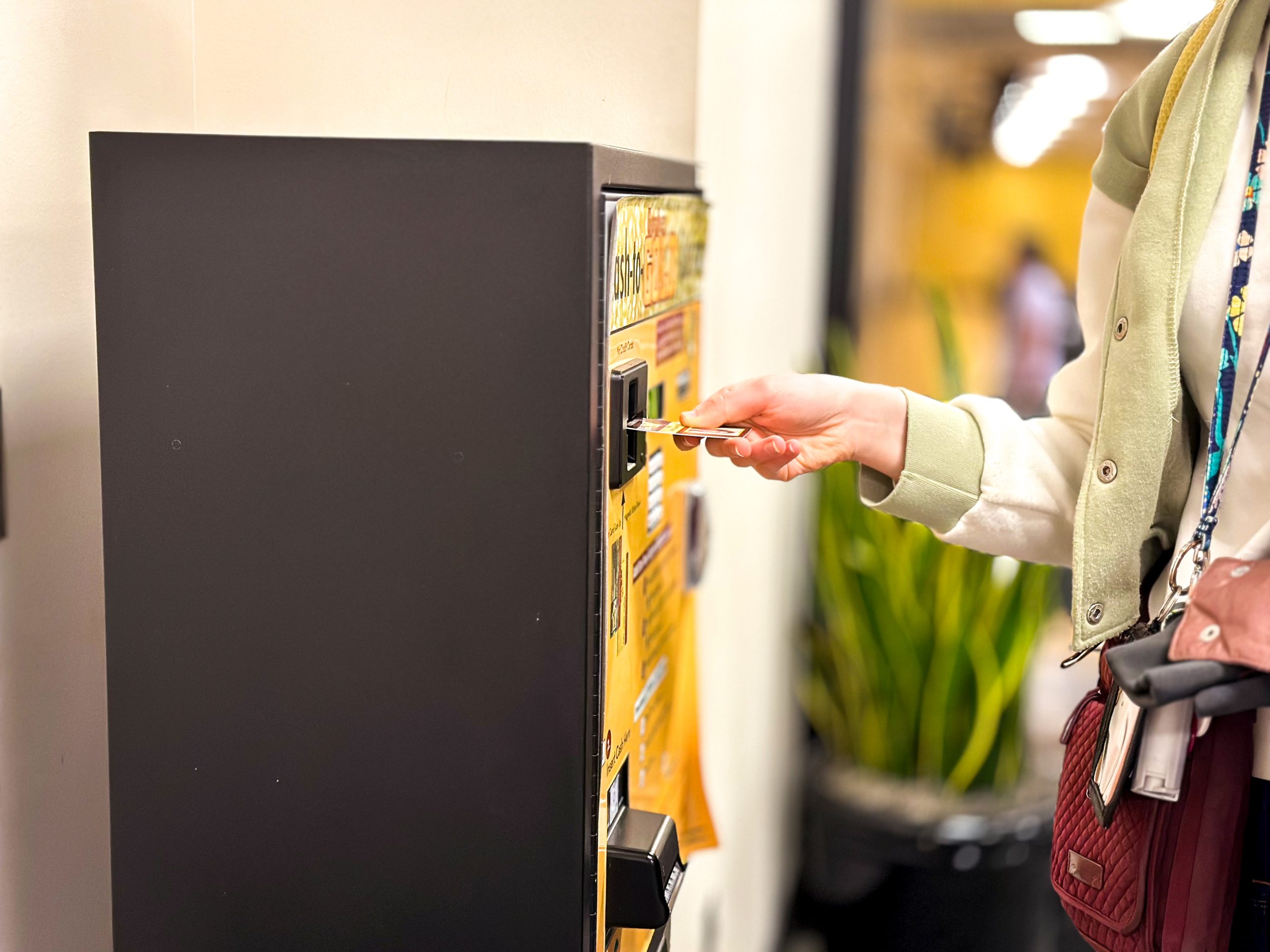The UniversityâÄôs American Indian community gathered Saturday to celebrate their heritage on campus. Although American Indians make up less than 1 percent of the students on campus, the community has deep roots in Minneapolis. The UniversityâÄôs department of American Indian Studies was the first of its kind back in 1969. One goal of SaturdayâÄôs event, as reported in MondayâÄôs Daily, was to increase interest in higher education among young American Indian students. The University is moving the right direction in supporting events like SaturdayâÄôs powwow at Coffman Union. More support is needed to recruit and retain native students in higher education. According to the Chronicle of Higher Education, less than 200,000 of the nationâÄôs 15 million undergraduates are of American Indian descent. Governmental policy in the 1940s and 1950s, such as boarding schools, severely crippled the native languages and strongly influence attitudes of the American Indian people. Our campus offers many resources to students, such as the American Indian studies department, the Dakota and Ojibwe language programs, and the Council of Elders. Last fall, the Shakopee Mdewakanton Dakota pledged $2.5 million, to be matched by the University, toward scholarships to be given with preference to American Indian students. Only 40 percent of American Indian students in Minnesota graduate from high school âÄî and many of them would be first-generation college students, a group that has been identified as being high risk for retention. The University administration must continue do all it can to ensure these funds are used as they were intended âÄî to reach out to American Indian students and help them receive a college education.










